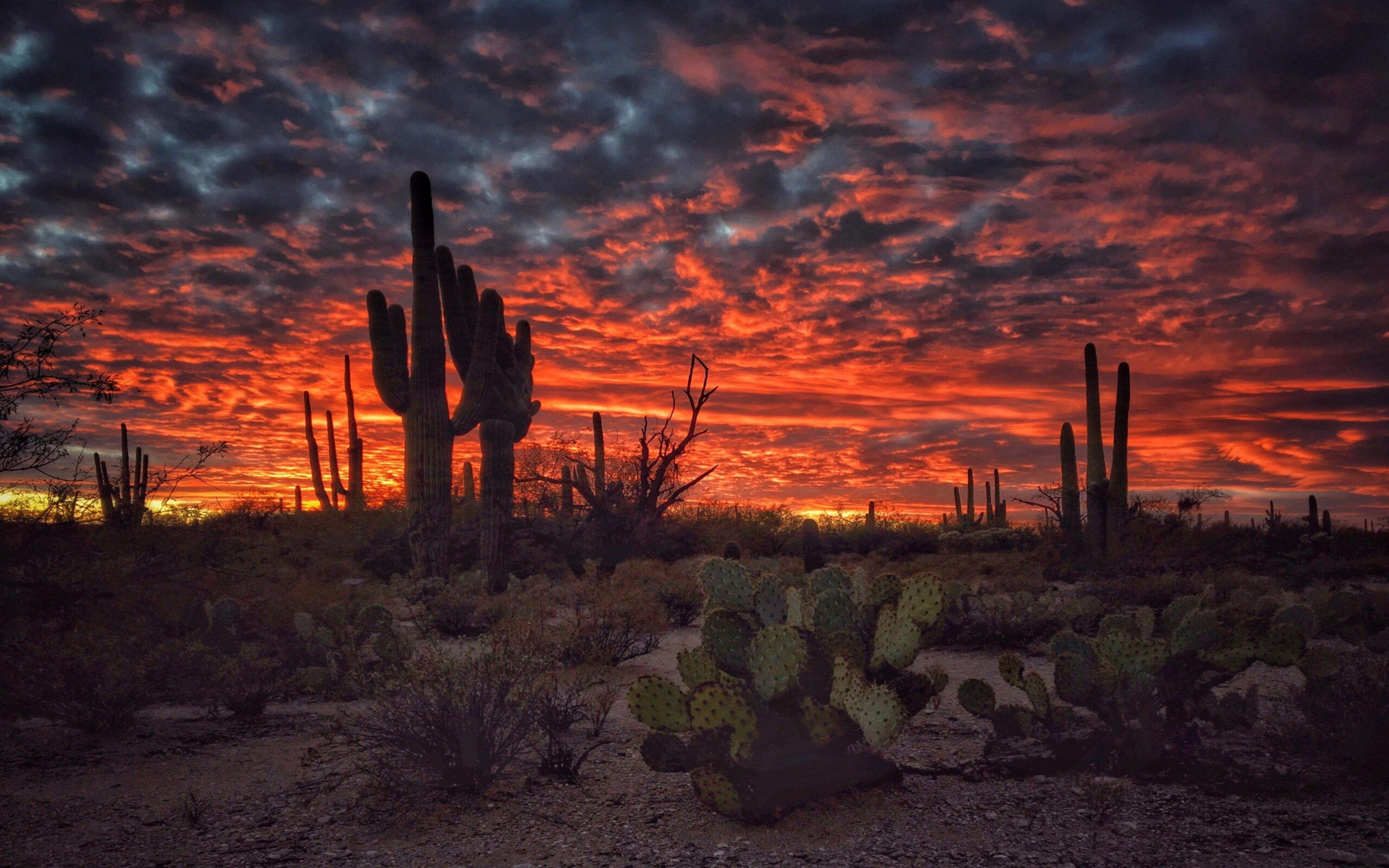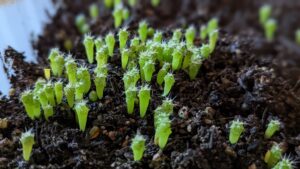Arizona is renowned for its stunning deserts, breathtaking landscapes, and a remarkable diversity of flora and fauna, none more iconic than the cactus. These succulents have adapted exquisitely to the arid environment, becoming integral to the state’s identity. In this article, we will delve into the captivating world of Arizona’s cacti, covering notable species, their unique characteristics, and the ecological significance they hold.
Understanding the habitat and distribution of various cacti in Arizona provides a deeper appreciation for these remarkable plants. The Sonoran Desert, which stretches across Arizona, offers a unique microclimate that is conducive to the growth of a diverse array of cactus species. From the towering saguaros to the diminutive hedgehogs, Arizona’s cacti are as varied as they are intriguing.
Cacti, a member of the family Cactaceae, are primarily indigenous to the Americas. They exhibit a myriad of adaptations that enable them to thrive in arid environments, including water storage capabilities and photosynthesis methods that minimize water loss. Arizona is home to an impressive selection of cacti, each with its distinctive traits and ecological roles.
Iconic Species of Arizona Cacti
Saguaro Cactus (Carnegiea gigantea)
Undoubtedly the most iconic representative of Arizona’s desert ecosystem, the saguaro cactus is a slow-growing giant that can live for over 150 years. Towering up to 40 feet tall, it is easily recognizable by its upward-reaching arms that begin to emerge when the cactus reaches around 50 to 70 years of age. These cacti bloom spectacular white flowers in late spring, which are pollinated mainly by bats and bees, heralding the arrival of summer.
The saguaro cactus is not just a marvel of nature; it’s a keystone species. It provides essential habitat and sustenance for various desert creatures, including birds, mammals, and insects. The fruits of the saguaro are often harvested by local wildlife and even by indigenous peoples, creating a symbiotic relationship between the cactus and its surroundings.
Organ Pipe Cactus (Stenocereus thurberi)
This majestic cactus, found primarily in the southern regions of Arizona, elicits admiration for its multi-armed structure that resembles the pipes of an organ. Growing in columnar forms, the organ pipe cactus can reach impressive heights of 20 feet and may branch out significantly, creating a mesmerizing skyline in the desert landscape.
The organ pipe cactus blooms at night, emitting fragrant flowers that attract nocturnal pollinators like moths. It is primarily found in the Organ Pipe Cactus National Monument, where it thrives in the warm, dry climate. This remarkable cactus is resilient but, unfortunately, vulnerable to habitat loss and climate change, making its conservation imperative.
Cholla Cactus (Cylindropuntia spp.)
Cholla cacti are characterized by their jointed stems and distinctive spines, giving them an intriguing appearance. There are many varieties of cholla throughout Arizona, such as the teddy bear cholla and the chain-link cholla. While they are visually captivating, their spines are infamous for their ability to detach and embed themselves in unwary passersby, a defense mechanism known as “jumping cholla.”
These cacti are not just beautiful; they are vital to the desert ecosystem. Birds, such as the cactus wren, often rely on the cholla for nesting, while their flowers provide much-needed nectar for insects and hummingbirds. The cholla’s fruit, known as “nopalito,” is also edible, showcasing the plant’s multifaceted role in nature.
Barrel Cactus (Ferocactus spp.)
Barrel cacti, known for their stout, cylindrical shape, are abundant in the Arizona deserts. They can grow up to 10 feet tall and can weigh hundreds of pounds. The bright yellow or red flowers that bloom at the top during the spring months are not only striking but also attract a variety of pollinators.
The barrel cactus possesses a unique ability to store water and can survive long periods of drought. Its spines are modified leaves that offer shade and protection from herbivores. This remarkable adaptation makes the barrel cactus a symbol of endurance amidst the harsh desert climate.
The Ecological Importance of Cacti
Cacti do more than merely beautify the desert landscape; they play an indispensable role in ensuring ecological balance. As primary producers, they provide sustenance for herbivores, while their flowers serve as critical food sources for pollinators. Cacti also help in soil stabilization, preventing erosion and maintaining nutrient cycles in arid landscapes.
Moreover, cacti have adapted to contribute to water conservation in their ecosystems. Their unique physiology allows them to capture and store rainwater, thus benefiting not only themselves but also surrounding plants and animals. This capacity for water retention is particularly crucial in desert ecosystems, where water scarcity is a fundamental challenge.
The Cultural Significance of Cacti
In addition to their ecological roles, cacti also hold significant cultural relevance. Many indigenous peoples of the Southwestern United States have historically relied on cacti for food, crafting materials, and medicinal purposes. The saguaro, for example, has deep-rooted spiritual significance among the Tohono O’odham Nation, where it symbolizes life and sustenance.
Modern-day artists and designers continue to draw inspiration from the aesthetic beauty of these plants, incorporating cactus motifs into art, fashion, and decor. This simultaneous reverence for and enjoyment of cacti signifies a broader appreciation for the natural world and its resilience.
In Summary
Arizona’s cacti are more than mere botanical curiosities. They are symbols of survival and adaptation, intricately woven into the fabric of the desert ecosystem. From the iconic saguaro to the complex layer of barrel and cholla cacti, each species contributes uniquely to the ecological landscape. As we continue to explore and appreciate these remarkable plants, it becomes increasingly essential to advocate for their conservation in the face of environmental changes. In essence, the cacti of Arizona encapsulate the essence of the desert: resilient, beautiful, and essential.





Leave a Comment